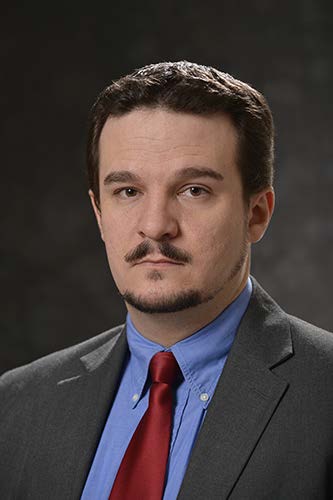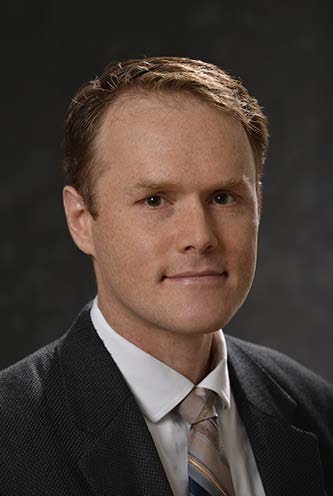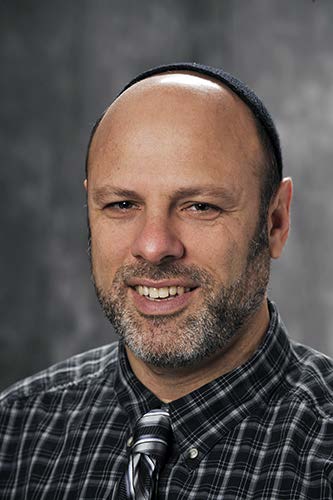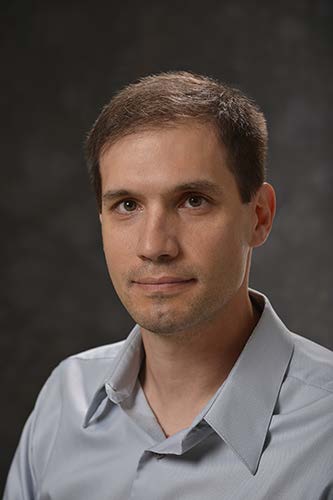Seminar Series
|
2 December 2013
Ryan Eubank |
Unmanned Aerial System Development Challenges: Small Scales and Open ArchitecturesAbstract |
|
|
18 November 2013
David Kong |
Metafluidics: An Open Repository for MicrofluidicsAbstract Through Metafluidics, we hope to build a community of developers (microfluidic engineers) and users (e.g., synthetic biologists) to share and remix designs, thus making microfluidics more accessible to researchers of all types, from students just learning about miniaturization technologies to cutting-edge innovators. |
|
|
4 November 2013
Dan Schuette |
Image Sensors to Enable Fast Autonomous Flight at Low Altitudes and in Complex EnvironmentsAbstract To enable operation on smaller platforms and for longer missions, MIT Lincoln Laboratory is developing a passive image sensor that will derive scene 3D structure from the apparent motion (optical flow) created by the aircraft's flight. This sensor integrates an on-chip optical flow processor with a photon-noise-limited image sensor imaging 1,000 fps to enable optical flow calculation for structure-from-motion estimation in real time. |
|
|
21 October 2013
Gene Itkis |
Extracting Cryptographic Keys From BiometricsAbstract |
|
|
7 October 2013
John Chiaverini
|
Large-Scale Trapped-Ion Quantum Processing for Enhanced Computation, SimulationAbstract |







